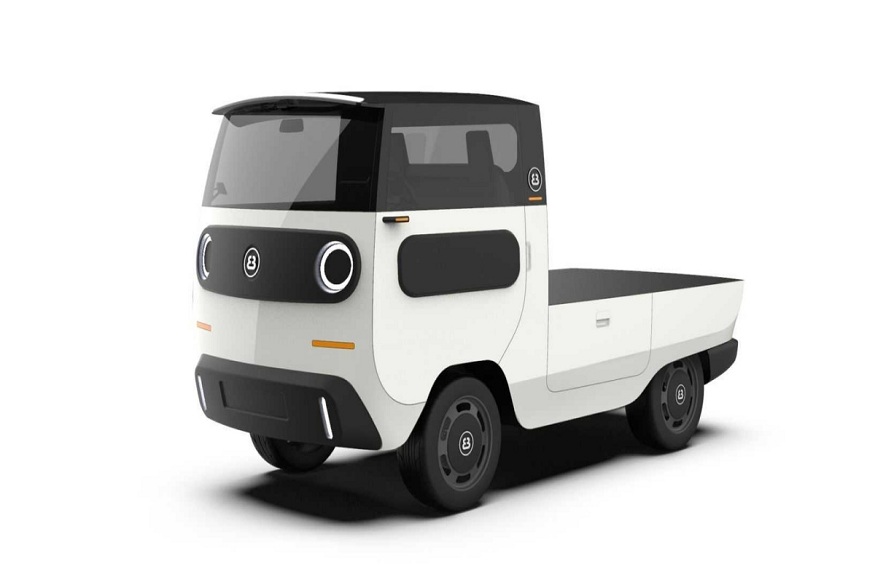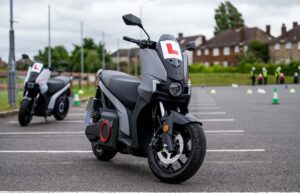Because cities are expanding and shoppers rely more on online purchases, the demand on final stage delivery services is growing. A backlog on the roads, tougher guidelines for emissions and a rise in fuel prices are making logistics companies update their methods. In recent times, the electric delivery vehicle has been one of the most effective solutions because it focuses on helping with urban freight issues.
Challenges facing Urban Freight
It is usually the last leg of product delivery called “last-mile logistics” that is known to be quite inefficient. Vehicles that run on diesel or petrol and are most commonly used for deliveries are a big reason for city air and road pollution. It costs a lot to run and maintain these vehicles, mainly when city traffic is slow.
These ideas are less in line with how cities are being planned now. Municipal authorities are attempting to decrease their emissions, reduce noise and offer livable spots for their residents.
Electric Goods Vehicles: A Natural Fit for the City
Logistics in urban areas is not the same as in other areas. Often, trucks make their deliveries in roads that are narrow, heavily populated or in neighborhoods. This is when the Electric Goods Vehicle demonstrates its strength. Slim in design, not producing emissions and very silent, these vehicles are ideal for living in the city.
For services like home or office deliveries, motorcycles prove to be very useful because they travel over the shortest routes. Because of new battery developments, electric vehicles work well for delivery purposes, operating with little to no disruptions.
Key Advantages of Electric Urban Freight Vehicles
1. Emission-Free Transport
Electric vehicles do not let out any exhaust gas from their exhaust pipes. In such places, this measure can truly lessen the amount of pollutants in the air. If cities start using electric vans and trucks in place of those powered by fossil fuels, they can protect people’s health and hit clean air goals faster.
2. Lower Operating Costs
In general, electric motors are less complicated than internal combustion engines and don’t need as much maintenance. It needs no oil changes, fewer parts and a decreased chance that something will go wrong mechanically. In general, paying for electricity is slightly less than paying for petrol or diesel, more so when this energy comes from renewable sources.
3. Quiet Operation
Many urban environments deal with the serious problem of noise pollution. Many types of delivery vehicles are noisy and add significantly to the external noises, especially during early mornings or at night. Since electric vehicles are virtually silent, they are great for deliveries at any time without inconveniencing neighbors.
4. Easy Maneuverability
Compactness is one of the main qualities of electric goods vehicles. That is why they are suitable for going through tight locations, crowded areas and structures that have no loading dock. Specific models are fashioned so that businesses can modify the storage area for different types of deliveries.
Effect on the Environment and People
There are more benefits to switching to electric freight transport than just managing shipments. When vehicles release less gas, it fights climate change. Dealing with air pollution lessens the chances of developing conditions such as asthma and heart disease. When streets are quiet, it improves city residents’ living conditions.
Such advances match up with worldwide environmental strategies such as cutting down on greenhouse gases and shifting to low-carbon economies. Urban freight becoming more sustainable is good for companies, officials and the general public.
Challenges to Overcome
Even with their advantages, there are still difficulties when switching to electric delivery vehicles.
- Well-placed charging stations are essential so the vehicles can be easily charged. In several cities, the infrastructure continues to develop.
- Although operating expenses are less, electric vehicles are often costlier when bought brand-new compared to petrol ones. At the same time, the difference is lessening because of the increasing need for education.
- Currently, electric vehicles are best suited for short trips that can be planned well. Having difficulties with batteries, we suffer issues with long deliveries and unexpected situations.
When these challenges are planned together, they can be handled better. Boosting adoptions by using incentives, encouraging public-private efforts and carrying out technological advancements will help
The Bigger Picture: Smart and Green Urban Mobility
For cities to succeed in the future, adopting sustainable transport is very important. Greener urban lifestyles are happening through many changes and electric vehicles are one of them. When you use smart logistics, renewable energy and digital systems, they can make a big difference in how goods reach their destinations in a city.
In addition, information from electric vehicles about routes, how much energy is used and the health of the vehicle can be used to perfect logistics operations and improve total efficiency. As a result, sustainability and productivity are always working together.
Final Thoughts
Never before has the need for cleaner and smarter cities been higher. This change from old fuel-powered delivery trucks to electric ones reflects the need for change in regard to the environment, society and the economy.
Planning logistics in cities with electric goods vehicles helps reduce pollution, cuts expenses and improves the lives of city residents. Since technology is becoming more available, we will see more adoption which will greatly accelerate sustainable city growth.



